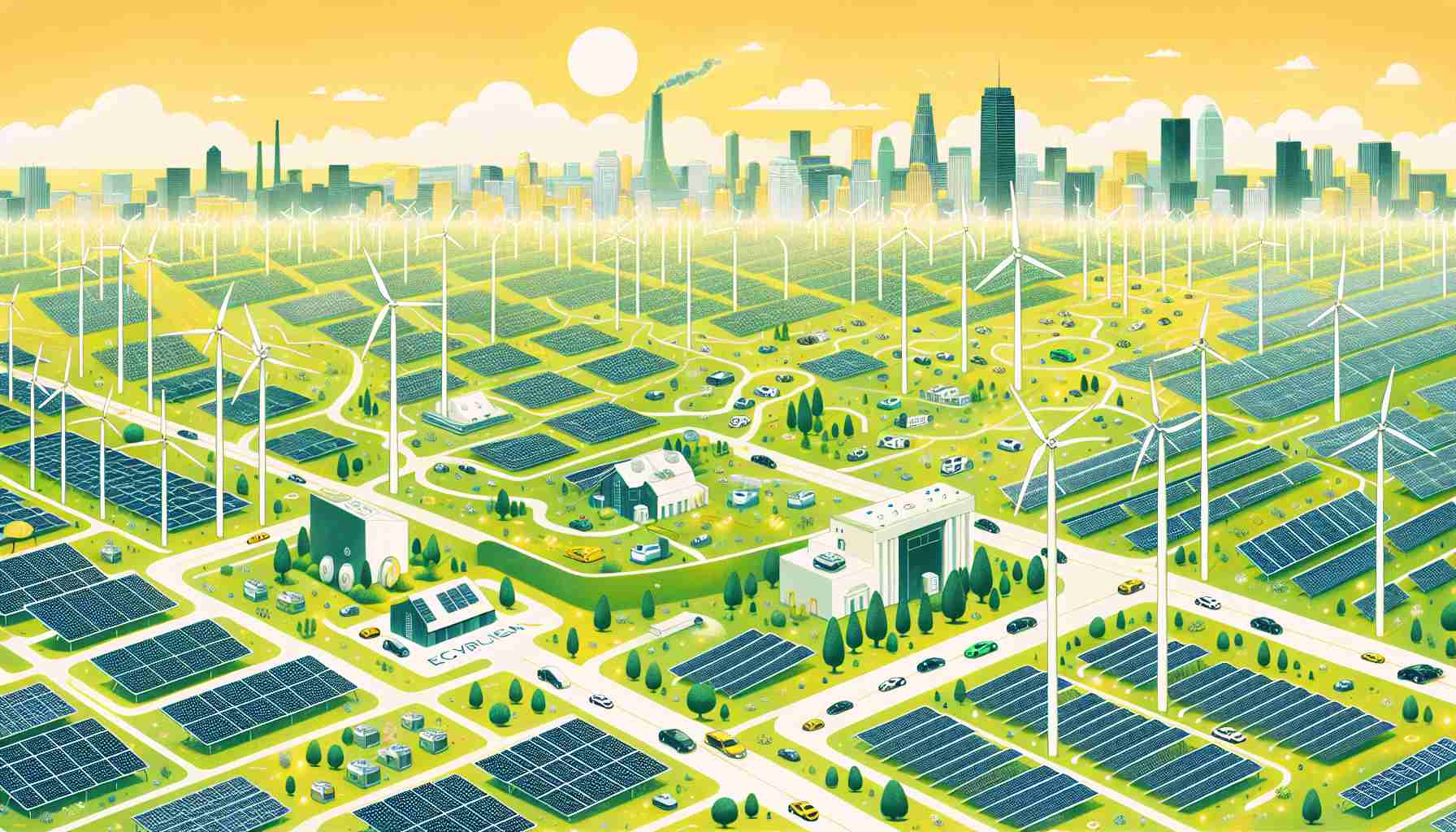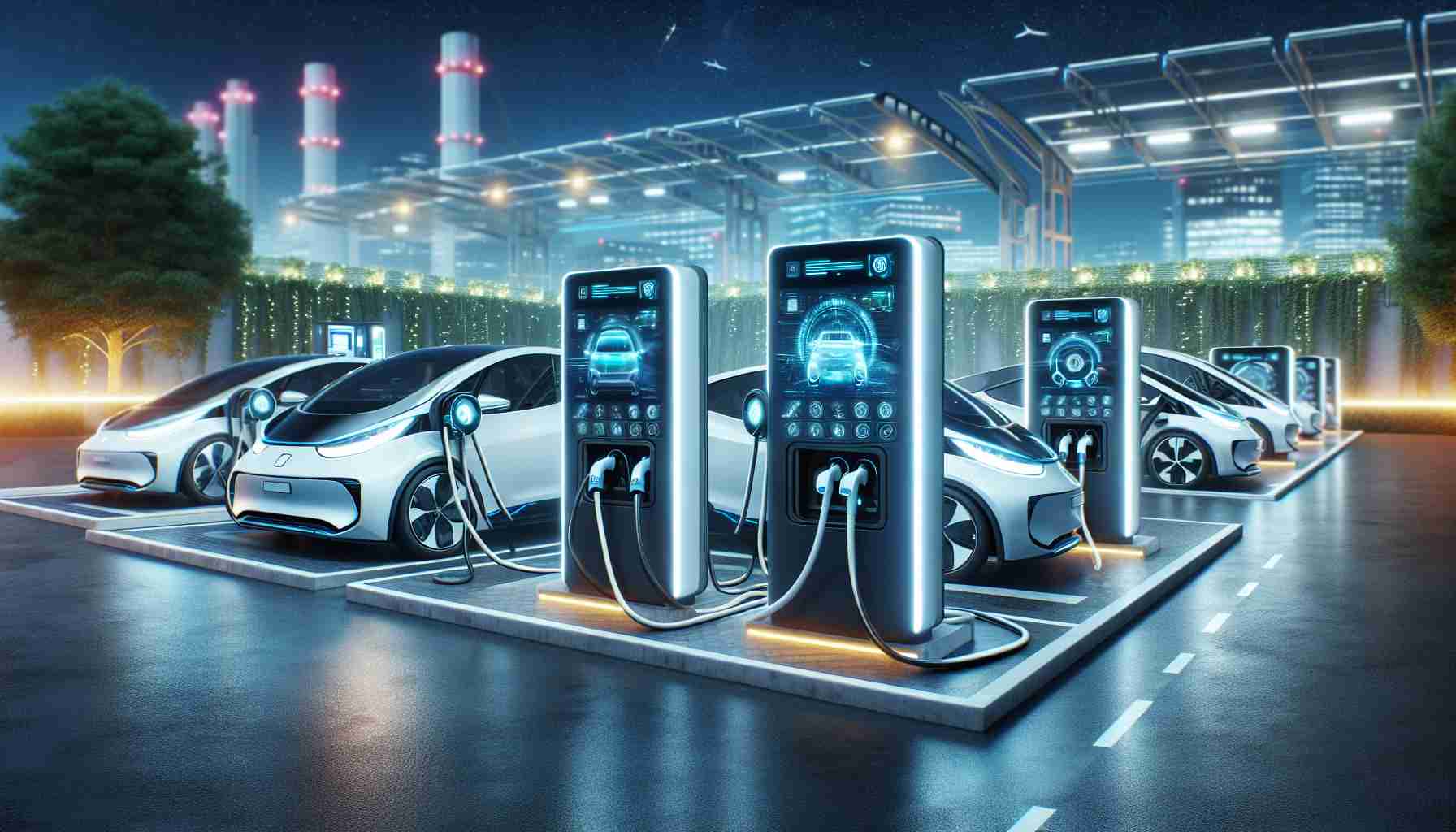- The U.S. is experiencing a battery manufacturing boom, with plans for 34 factories.
- The Inflation Reduction Act fueled this growth by incentivizing domestic battery production.
- Automakers aim for 50% of new vehicle sales to be electric or hybrid by 2030.
- Investment commitments have reached $112 billion to support battery capacity for 18 million EVs.
- Automakers must source more battery components domestically to qualify for tax credits.
- This shift aims to enhance supply chain security and reduce dependence on foreign imports.
- America is positioning itself as a leader in clean energy and sustainable transportation.
The surge of battery manufacturing in the U.S. is nothing short of remarkable, transforming the landscape of electric vehicle (EV) production. Starting in 2019 with just two operational battery factories, the number has skyrocketed to 34 factories on the horizon, either planned, under construction, or already operational.
The Inflation Reduction Act (IRA), enacted in August 2022, served as a powerful catalyst for this transformation. By incentivizing domestically made batteries, the IRA ignited a race among automakers to set up shop in North America. With goals to manufacture 50% of all new vehicle sales as electric or hybrid by 2030, investments are flowing fast and furious.
Despite recent challenges, including halted funding by former President Trump, $112 billion has already been pledged by both automakers and battery manufacturers. This ambitious goal aims to build enough battery capacity to support 18 million EVs by 2030—enough to keep North America at the forefront of clean energy innovation.
The IRA’s framework is crucial; it pushes automakers to source a growing percentage of battery components domestically to qualify for generous tax credits. With the urgency of securing the supply chain and reducing reliance on foreign imports, the momentum for onshoring batteries is inevitable.
With every factory that opens, America is not just investing in technology but reshaping its energy future. As both automakers and battery producers charge ahead, the path to a greener, more sustainable transportation system is clearer than ever. The message is simple: America is ready to power the electric revolution.
Battery Manufacturing Boom: The Electric Revolution Reshaping America’s Future
Overview of Battery Manufacturing Growth
The battery manufacturing landscape in the United States has undergone a seismic shift, with projections indicating that up to 50 gigafactories could be operational by 2030. These factories are not only critical for electric vehicle (EV) production but also play a vital role in renewable energy storage systems and grid stabilization efforts. This expansion positions the U.S. as a leading player in the global battery supply chain.
Market Forecast
By 2025, the U.S. battery market is expected to reach approximately $70 billion, driven by increasing demand for electric vehicles, energy storage solutions, and advances in battery technology. The projected growth underscores the importance of investment and innovation in the sector.
Pros and Cons of Domestic Battery Manufacturing
# Pros:
– Job Creation: The surge in battery factories is projected to create over 1 million jobs in various sectors, including manufacturing, engineering, and renewable energy.
– Supply Chain Security: Onshoring production reduces dependence on foreign supply chains and mitigates risks associated with geopolitical tensions.
– Environmental Impact: Enhanced manufacturing practices focus on sustainability, aiming for reduced carbon footprints through the use of recyclable materials and environmentally-friendly production methods.
# Cons:
– Initial Costs: Setting up factories and investing in advanced technologies require significant capital, which can be a barrier for smaller companies.
– Competition for Resources: Increased demand for raw materials (like lithium and cobalt) can drive prices up and create scarcity issues.
– Technological Barriers: Continuous innovation is necessary to keep pace with advancements, necessitating ongoing research and development investments.
Key Insights on Innovations in Battery Technology
Recent advancements in battery technology include the development of solid-state batteries, which promise higher energy densities, faster charging times, and improved safety over traditional lithium-ion batteries. Companies like QuantumScape and Solid Power are at the forefront of this innovation.
Related Questions
1. What role does the Inflation Reduction Act play in this manufacturing surge?
– The IRA provides significant tax incentives for U.S.-made batteries, encouraging automakers to invest in domestic production and adhere to stringent sourcing requirements. This legislative framework is pivotal in reshaping the supply chain and promoting sustainable practices.
2. How does battery recycling fit into the sustainability aspect of manufacturing?
– As battery production increases, recycling technologies are essential to reclaim valuable materials and minimize environmental impact. Companies are investing in closed-loop systems to ensure that old batteries can be repurposed, reducing waste and alleviating pressure on raw material supplies.
3. What are the expected limitations of current battery technologies?
– Current lithium-ion batteries face limitations regarding raw material sourcing, recycling efficiency, and energy density. Research into alternative chemistries and improved battery management systems is ongoing, aiming to overcome these challenges and enhance overall battery performance.
Suggested Related Links
U.S. Department of Energy
Energy Information Administration
National Highway Traffic Safety Administration



















